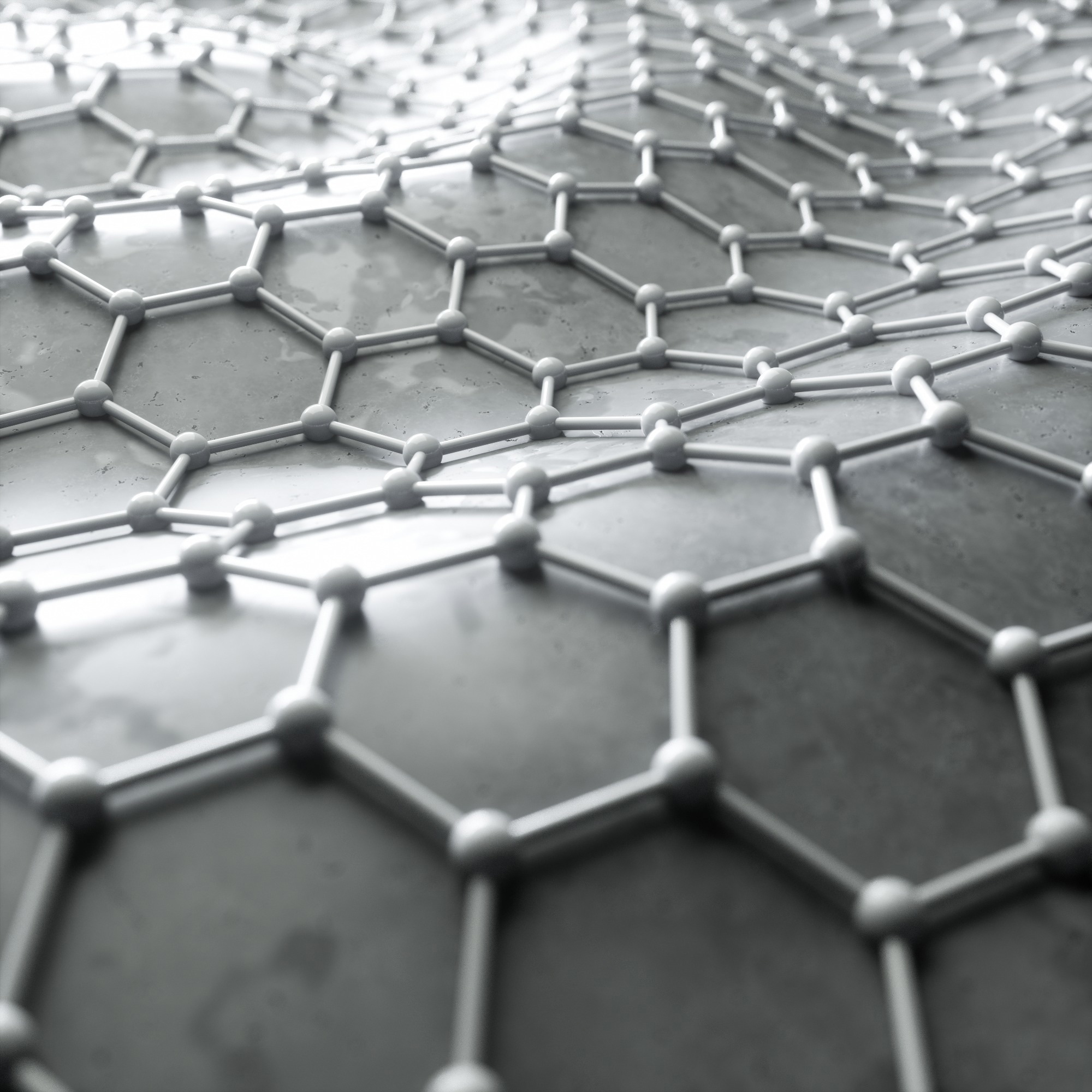Reviewed by Lexie CornerOct 28 2024
Researchers from the University of Virginia have made significant progress in 3D-printed concrete by developing a more sustainable, printable cementitious composite. This innovative material addresses environmental challenges in 3D-printed construction by combining graphene with limestone and calcined clay cement, enhancing strength and durability while significantly reducing carbon emissions. The study was published in the journal Building Engineering.

Image Credit: OliveTree/Shutterstock.com
Our goal was to design a printable concrete that performs better and is more eco-friendly. The addition of graphene to LC2 cement offers a unique opportunity to lower carbon emissions while maintaining the strength and flexibility required for 3D-printed construction.
Osman Ozbulut, Professor, Department of Civil and Environmental Engineering, University of Virginia
The study, led by visiting scholar Tuğba Baytak and UVA's Tawfeeq Gdeh, both Ph.D. scholars at the University of Virginia's Resilient and Advanced Infrastructure Laboratory, focused on the material’s flow characteristics, mechanical performance, and environmental impact.
In collaboration with scientists at the Virginia Transportation Research Council (VTRC), Baytak and Gdeh improved the performance of LC2 cement for 3D printing by incorporating graphene, known for its exceptional mechanical properties.
“This kind of innovation is essential for the future of construction, and I am proud to be part of the team driving this forward,” said Baytak.
Zhangfan Jiang, a Postdoctoral Researcher in the Department of Civil and Environmental Engineering, worked with Lisa Colosi Peterson, a Professor of Environmental Engineering at the University of Virginia, to conduct a Life Cycle Assessment (LCA), a crucial component of the study.
The LCA indicated that this graphene-enhanced LC2 concrete could reduce greenhouse gas emissions by approximately 31 % compared to traditional 3D-printed concrete formulations.
Being able to see the full environmental footprint of this new concrete was important. It not only exhibits better mechanical performance but also has a lower environmental impact, making 3D concrete construction technology more sustainable compared to traditional 3D printing methods with higher carbon emissions.
Zhangfan Jiang, Postdoctoral Researcher, Department of Civil and Environmental Engineering, University of Virginia
“It is rewarding to see science push us toward greener building practices,” said Colosi Peterson.
Through collaboration with the VTRC, the UVA team was able to assess the material's potential applications in transportation infrastructure, further underscoring its practical viability.
“The VTRC collaboration was essential in uncovering the fundamental properties of this new concrete,” added Ozbulut.
“It is exciting to be part of a project that addresses both the technical demands of modern construction and the urgent need for more eco-friendly materials,” said Gdeh.
The research team included Tugba Baytak, a Doctoral Researcher from Istanbul Technical University and visiting scholar at UVA; Tawfeeq Gdeh, Zhangfan Jiang, Lisa Colosi, and Osman E. Ozbulut from UVA; and Gabriel Arce, a Research Scientist from VTRC.
The study received partial support from UVA's 3 Cavaliers Program and The Scientific and Technological Research Council of Turkey (TUBITAK).
Journal Reference:
Baytak, T., et al. (2024) Rheological, Mechanical, and Environmental Performance of Printable Graphene-Enhanced Cementitious Composites with Limestone and Calcined Clay. Journal of Building Engineering. doi.org/10.1016/j.jobe.2024.110673.